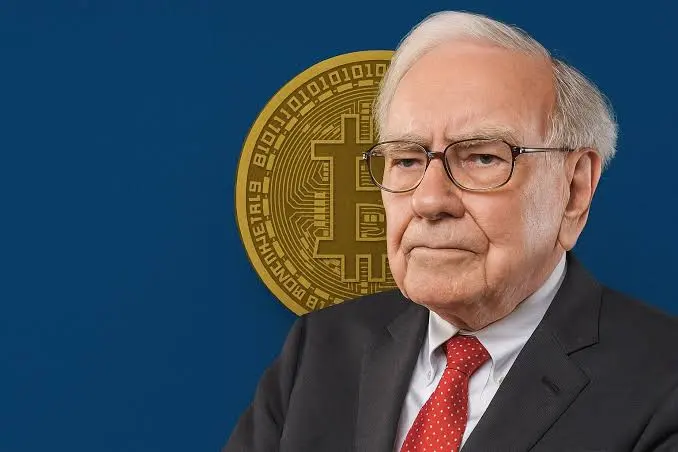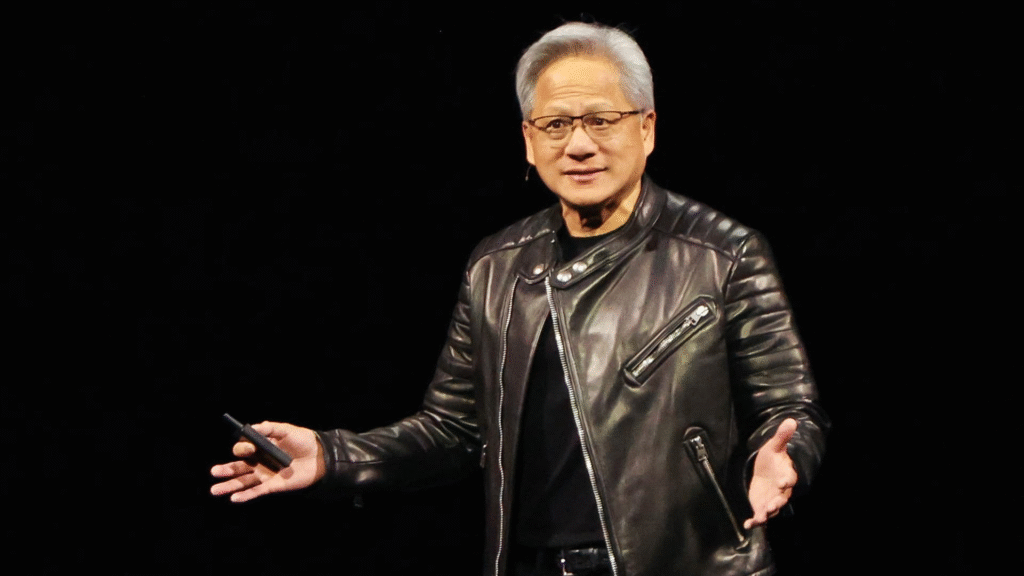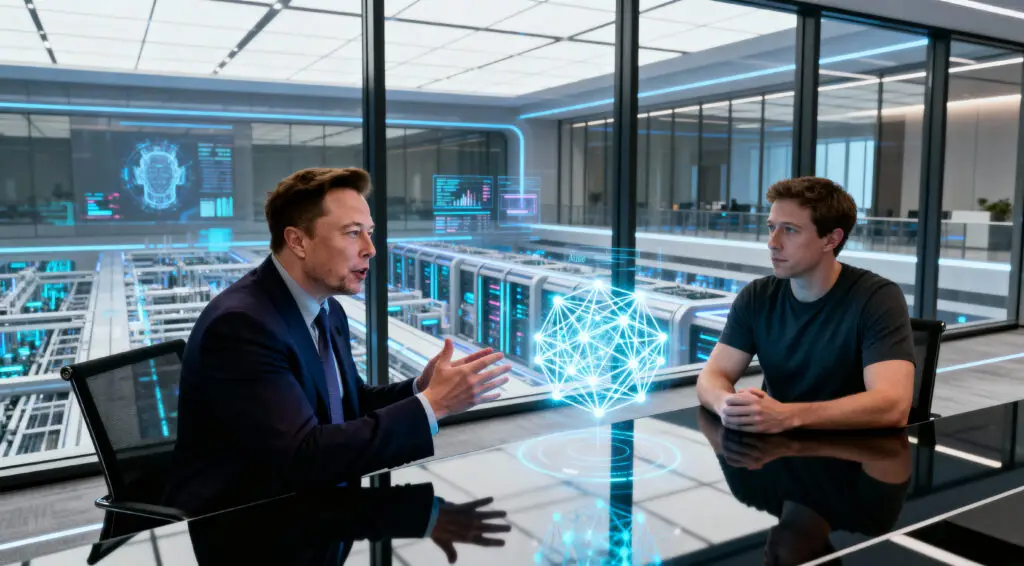Tech Leaders Warn AI Boom Could Overload Global Power Infrastructure
SAN FRANCISCO — November 6, 2025 — Leading business and technology figures, including Warren Buffett, Elon Musk, and Mark Zuckerberg, have issued grave warnings that the rapid rise of artificial intelligence (AI) could overwhelm global power grids. They argue that soaring energy demand from AI data centers may soon exceed infrastructure capacity, triggering a crisis that could threaten both economic stability and innovation.
Industry Icons Sound the Alarm on AI’s Energy Appetite
Billionaire investor Warren Buffett expressed growing concern over the unprecedented pace of AI investment, noting that tech giants have already spent an estimated $400 billion on AI infrastructure this year alone. “When everyone runs in the same direction, look behind you to see what’s chasing them,” Buffett said. “Right now, they’re running toward a cliff.”
The comments reflect mounting unease about AI’s energy consumption, which experts say could soon rival that of small nations. Buffett compared current market enthusiasm for AI to the late 1990s dot-com bubble, cautioning that unchecked speculation could have far-reaching consequences.

Musk and Zuckerberg Highlight Looming Power Constraints
Elon Musk, CEO of Tesla and xAI, has repeatedly warned that electricity, not computing power, may become the most pressing limitation on AI growth. “By mid-2026, data centers could consume more power than entire countries,” Musk said in a recent industry briefing. “We’re heading toward an energy bottleneck that money alone can’t fix.”
Meanwhile, Mark Zuckerberg, CEO of Meta Platforms, echoed similar concerns. “Before we hit capital constraints, we’ll run into energy constraints,” he said. “AI’s future isn’t just about processing power—it’s about how we power that processing.”
Their comments highlight a shared belief among industry leaders that innovation must be matched by infrastructure development, particularly in renewable and grid-stabilizing technologies.
Global Grid Faces Historic Strain
According to reports from The Wall Street Journal and The Washington Post, utilities across North America and Europe are struggling to keep up with the surge in electricity demand from AI data centers. In some regions, operators are already warning of local brownouts and rising power prices.
Even Nvidia CEO Jensen Huang, whose company leads the AI hardware revolution, acknowledged the problem. “Every future data center will be power-limited,” he said in a recent interview. “Revenue will increasingly depend on the amount of power you can secure.”
Experts warn that without accelerated investment in transmission lines and renewable sources, the global grid could reach breaking point within two years.

Buffett Draws Parallels to Past Market Crises
Buffett’s remarks have reignited debate about whether AI’s explosive growth mirrors previous market bubbles. “The AI revolution is real,” he admitted, “but speculation is driving valuations faster than innovation can justify.” He emphasized that while AI will transform industries, the pace of investment may have outstripped the world’s ability to support it physically.
Analysts agree that market exuberance may be masking the logistical challenges of maintaining global energy supplies. The fear is that an “AI power crunch” could slow development, inflate costs, and strain international relations over energy access.
The Great AI Power Crunch: A Global Challenge
Energy analysts have coined the term “AI Power Crunch” to describe the mounting tension between technological ambition and physical limitation. Data centers, which accounted for roughly 2% of global power use in 2024, could consume more than 10% by 2035 if growth continues unchecked.
Such an increase would have wide-ranging economic and environmental impacts. In countries reliant on fossil fuels, emissions could spike. In others, power shortages could hinder manufacturing, transportation, and essential services. “AI’s potential is enormous,” said energy economist Clara Valdez, “but without a matching investment in clean energy, the consequences will be equally enormous.”
Balancing Growth with Sustainability
The warnings from Musk, Buffett, and Zuckerberg have prompted calls for greater coordination between tech firms, governments, and utilities. Many believe that future AI investments should prioritize energy efficiency, renewable integration, and grid modernization as core requirements.
“AI and energy must evolve together,” Zuckerberg said. “If infrastructure falls behind, innovation will stall.”
The potential solutions include expanding nuclear and solar capacity, deploying smarter grids, and designing AI models that consume less energy. Policymakers in the U.S., Europe, and Asia are now considering regulations that require energy impact assessments for large-scale AI projects.
A Turning Point for the AI Industry
Despite the warnings, optimism remains that the crisis can be mitigated through innovation. Startups and research institutions are already developing low-power chips, liquid cooling systems, and modular data centers to improve efficiency.
Industry observers believe that AI’s future will depend not on computing power alone but on sustainable energy partnerships. “We’re witnessing the dawn of a new kind of industrial revolution,” said Valdez. “The question is whether we can power it responsibly.”
The Real Limitation: Physics, Not Capital
As Buffett concluded, “AI’s growth is now constrained not by imagination or capital, but by physics.” His words capture a growing realization that the next frontier in artificial intelligence will not just be algorithmic—it will be electrical.
The convergence of energy and technology marks a defining challenge of the 21st century. Whether humanity can balance innovation with sustainability will determine how far, and how fast, AI can truly go.























